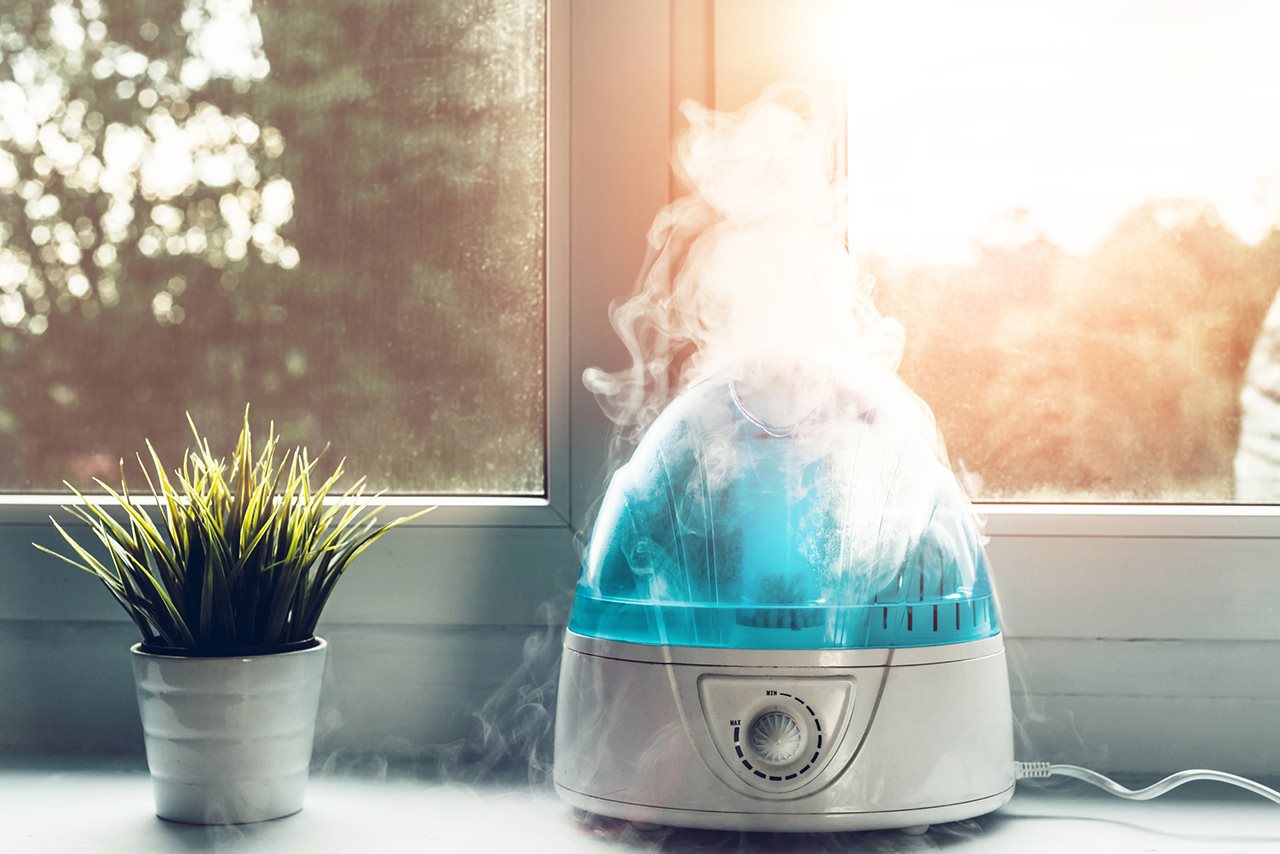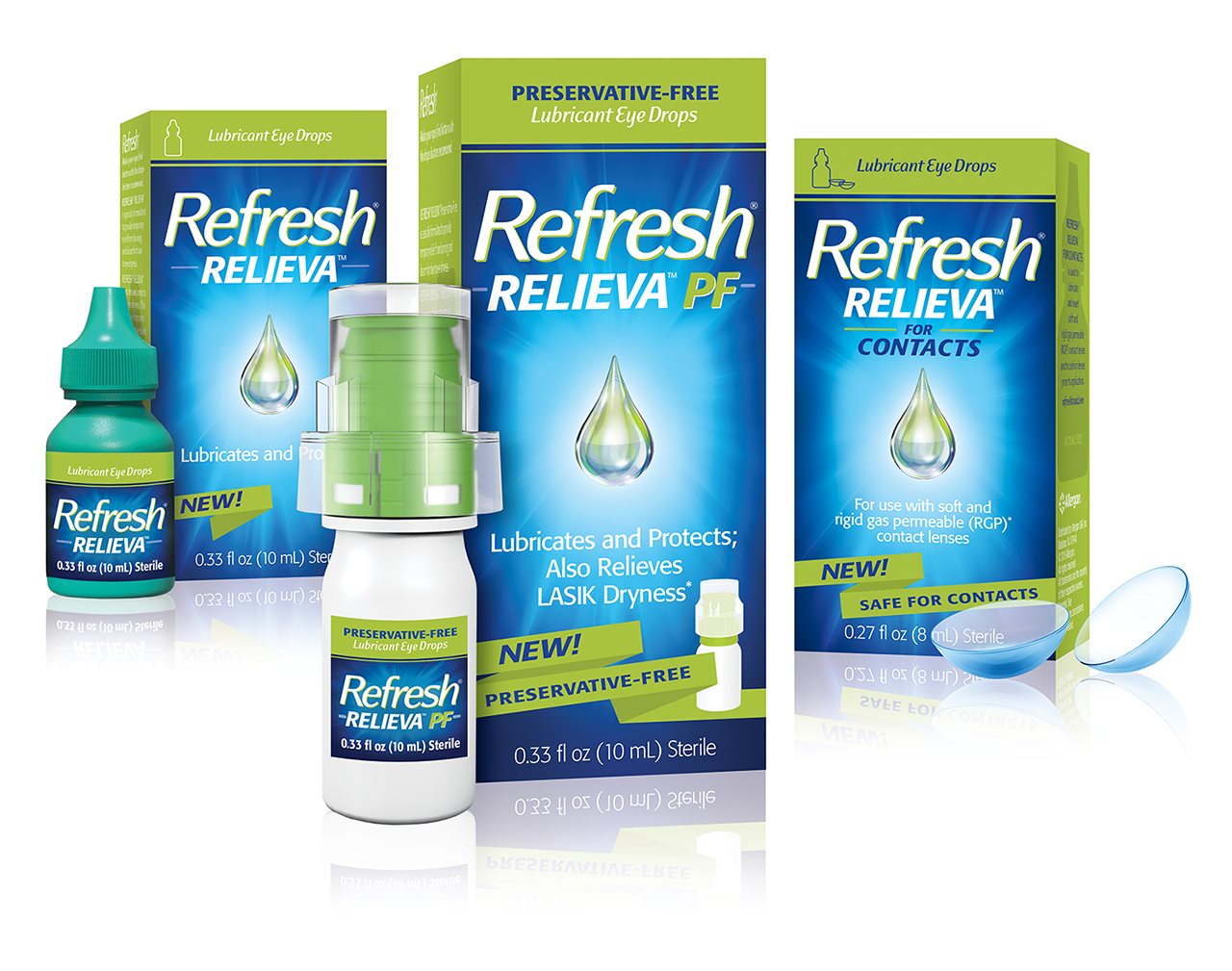2020-04-09T14:03:00
(BPT) – Families across the country are spending more time at home, which means home cooking has taken on new meaning. Using foods in your pantry and freezer to create meals everyone will love might seem challenging, but with a few tips and tricks, you’ll be cooking wholesome dishes to please all palates.
Keep in mind, the foundation of a satisfying meal is a versatile protein. Beef is not only an excellent source of protein, it’s nutrient-rich and can be cooked in a variety of ways for meals, snacks and even desserts. The experts at Beef. It’s What’s For Dinner. and the Beef Checkoff share some tips and tricks for using beef in your home cooking to save money and time while creating delicious foods for your family.
Tip 1: Store beef safely
Refrigerate or freeze beef as soon as possible after purchasing. Ground beef is a popular option for families, and can safely be stored in the refrigerator for one to two days before cooking or freezing. Once in the freezer, ground beef can be stored for three to four months before quality is impacted.
Steaks and roasts can safely be stored in the refrigerator for three to five days before cooking or freezing. Once in the freezer, steaks and roasts can be stored for four to 12 months before quality is impacted. For longer storage, remove beef from original packaging and place into freezer bags or similar air-tight packaging to remove as much air as possible.
Tip 2: Batch cook and meal prep
The best way to defrost beef is in the refrigerator, never at room temperature, so account for 12 to 24 hours to defrost ground beef and steaks, more for larger pieces of meat such as roasts. After defrosting, wash hands well in hot, soapy water before and after handling raw meat and other fresh foods.
Now you can meal prep and plan by batch cooking your beef. For example, when you batch cook shredded beef, you cook a roast in the slow cooker on the weekend or start of the week and then shred so you have delicious shredded beef ready all week long. Remember, refrigerate leftovers within two hours after cooking in a single container or portioned sizes.
You can also batch cook steak by grilling to medium rare (145 degrees F) to medium (160 F) doneness. Once finished, let the steaks rest for 5 minutes before slicing to allow juices to redistribute, then place in your preferred air-tight container for tasty steak at the ready. If you plan to freeze any portion of prepared beef, repackage into the right-size portion for upcoming meals and place in the freezer.
Tip 3: Use beef as a substitute
Beef can be a tasty substitute in place of other popular proteins in family favorite dishes. Love Peking Duck? In this recipe for Peking Chuck, Top Chef finalist Joe Sasto replaces the duck with a chuck roast for a unique Asian-inspired beef meal. Craving calamari? Chicago chef and Food Network regular Lamar Moore replaces the surf with turf in Cowlamari. Does your family adore fried chicken? Enjoy Korean Fried Beef (KFB) by acclaimed NYC chef Esther Choi, a tasty take on this classic dish with a beefy Korean twist.
Tip 4: Make cooking educational
When spending more time at home with your family, cooking can be a great way to bond. What’s more, it’s an educational experience that incorporates elements of math, chemistry, home economics and more. Select a recipe to try together and give each family member an age-appropriate task to do. From measuring and mixing to chopping and sautéing, there’s something for everyone.
For an even more educational experience, check out BeefItsWhatsForDinner.com for a full collection of cooking lessons. With detailed instructions and tips for a dozen different cooking methods, from grilling to pressure cooking, these cooking lessons are a great resource for all levels of home chefs and are a wonderful way to teach the family new skills in the kitchen.
Tip 5: Pair with pantry staples
Whether shredded, ground, chopped or another option, it’s simple to pair beef with pantry staples to make a meal your family will enjoy any day of the week. From tacos to sauces to salads and more, get creative with what you have on hand. Featuring common pantry staples, use this recipe for inspiration. It’s quick, easy and sure to satisfy even the pickiest of eaters.
Chuckwagon Beef & Pasta Skillet
Ingredients:
1 pound ground beef (93% lean or leaner)
1 small green bell pepper, chopped (about 1 cup)
1/2 cup chopped onion
3/4 teaspoon salt, divided
1-1/4 cup unsalted beef broth
1 cup dry mini-wagon wheel pasta or similar shape
1/2 cup unsalted ketchup
1/4 cup packed brown sugar
1/4 cup apple cider vinegar
1/4 teaspoon garlic powder
1/4 teaspoon onion powder
1/2 cup finely shredded reduced-fat cheddar or colby cheese
Directions:
1. Heat large nonstick skillet over medium heat until hot. Add ground beef, bell pepper and onion; cook 8 to 10 minutes, breaking into 3/4-inch crumbles and stirring occasionally. Season with 1/2 teaspoon salt. Cook’s Tip: Cooking times are for fresh or thoroughly thawed ground beef. Ground beef should be cooked to an internal temperature of 160 F. Color is not a reliable indicator of ground beef doneness.
2. Stir in broth, pasta, ketchup, brown sugar, vinegar, garlic powder and onion powder; bring to a boil. Reduce heat to medium low; cover and simmer 10 to 15 minutes or until pasta is almost tender. Uncover; cook 3 to 5 minutes or until pasta is tender and sauce is thickened, stirring occasionally. Season with remaining 1/2 teaspoon salt. Garnish with cheese.
















